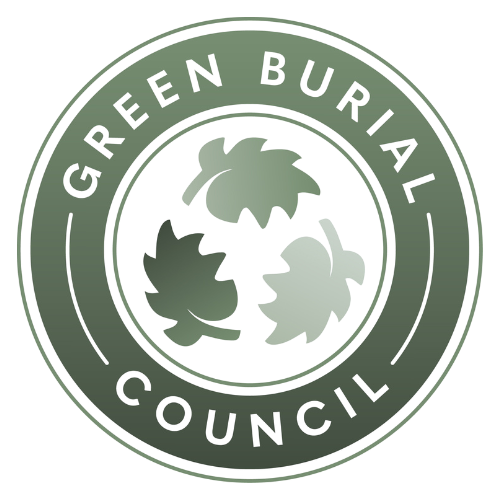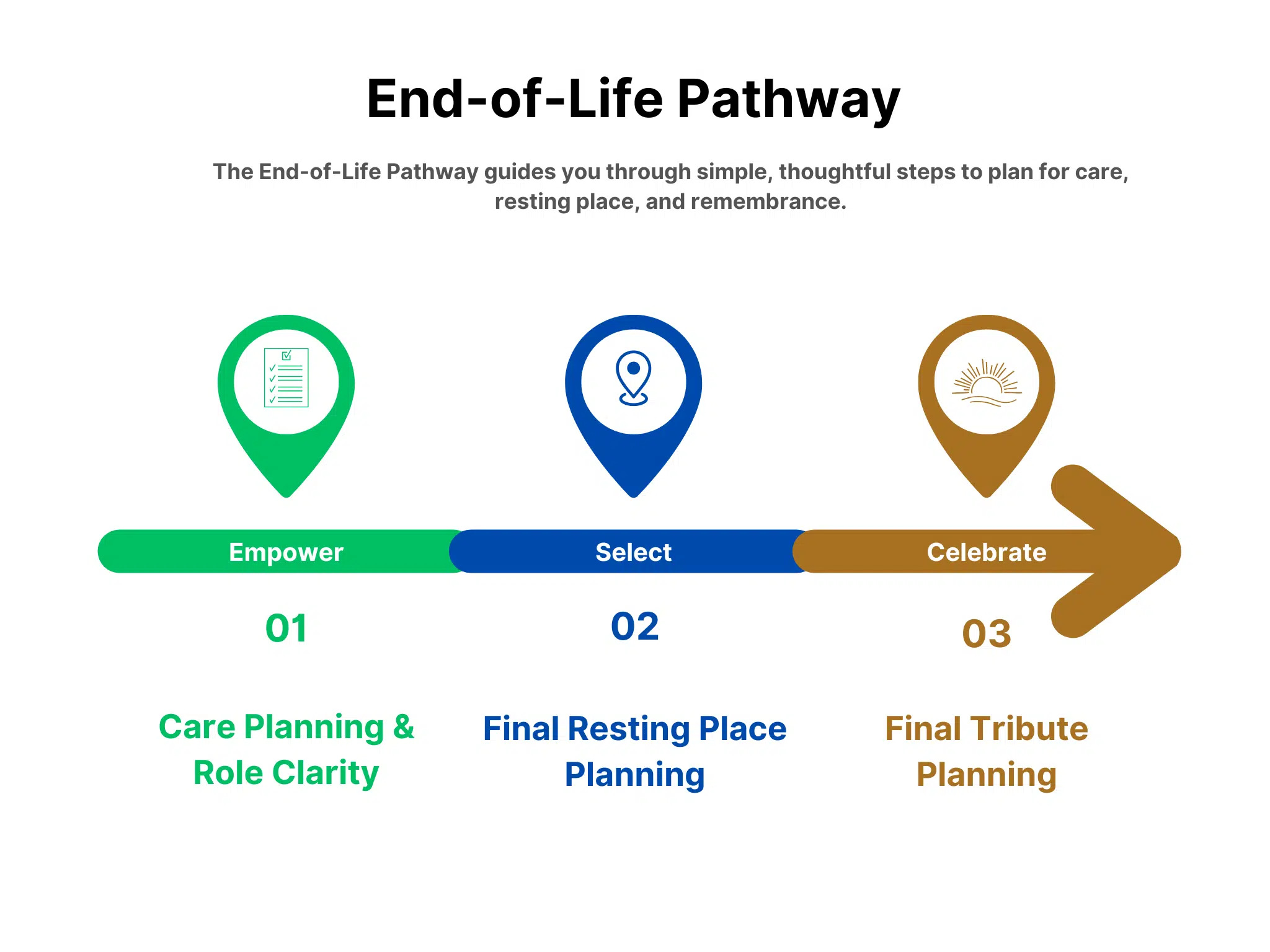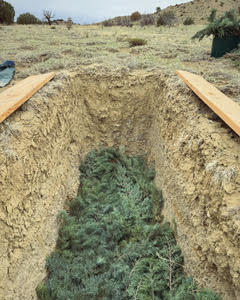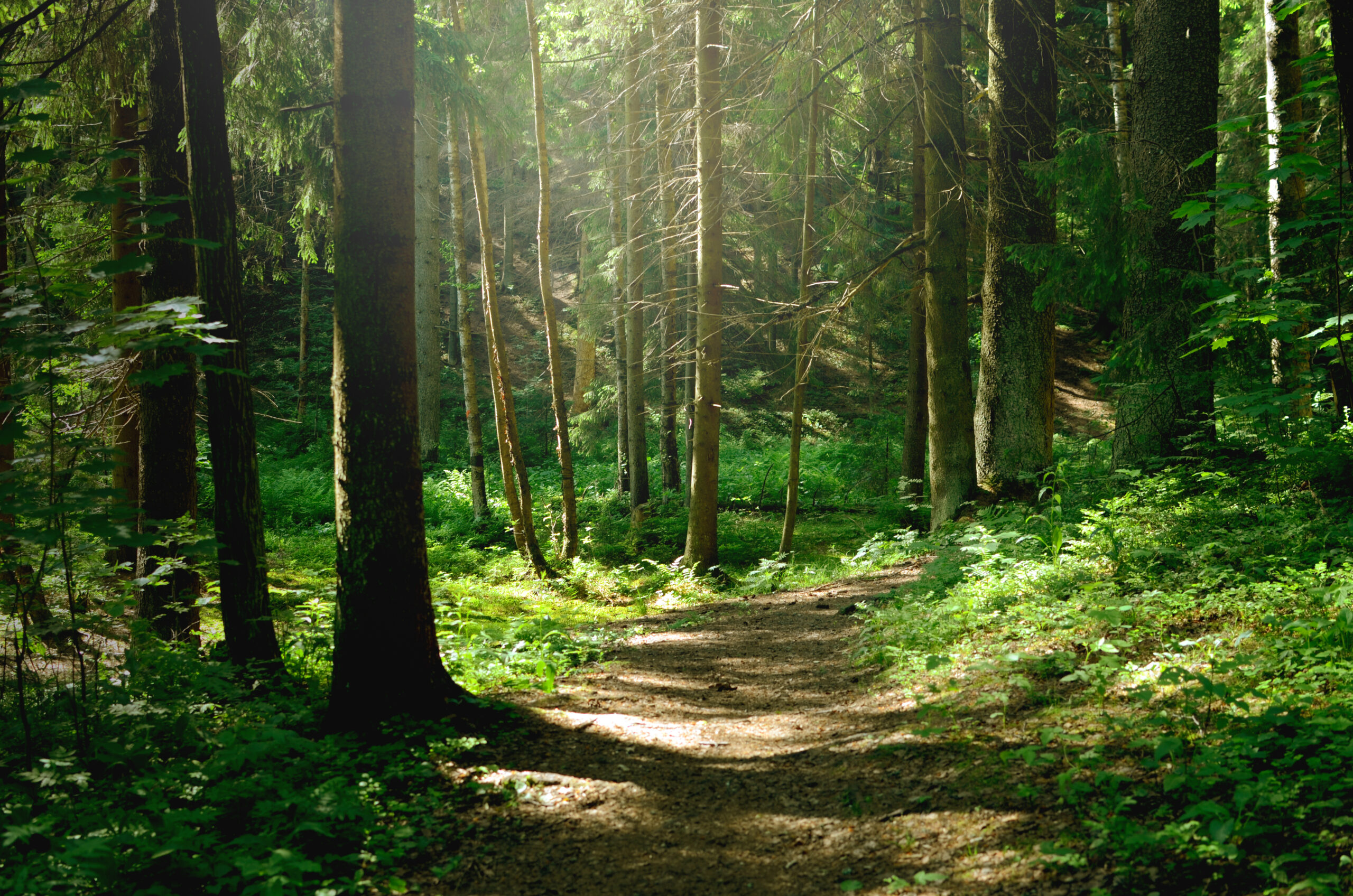A Sustainable Choice for Honoring Life
The Green Burial Hub
Green burials offer an environmentally friendly way to return to the earth naturally. This hub provides insights, resources, and guidance to help you understand green burial options, benefits, and how to plan for a sustainable farewell.
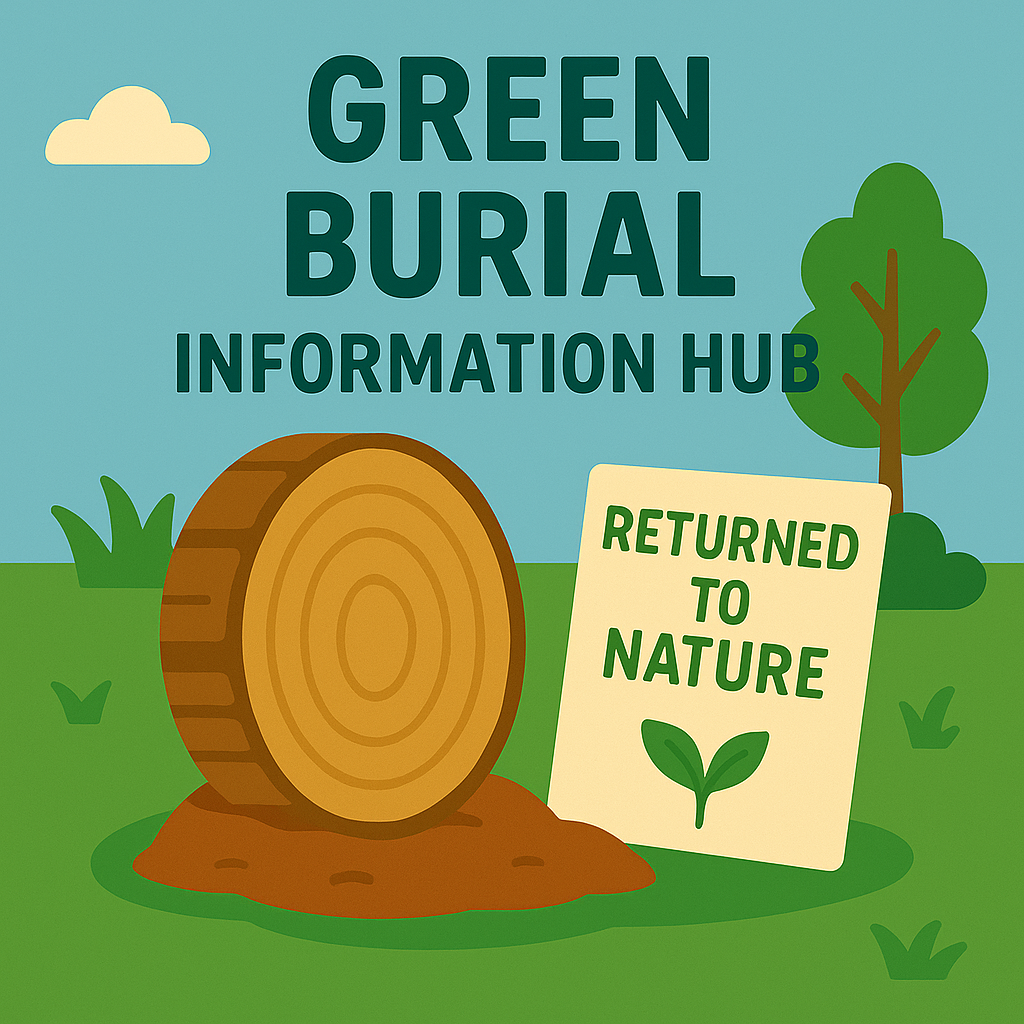
Green Burial Is Part of the End-of-Life Pathway
Step 2: Final Resting Place Planning
The End-of-Life Pathway is a step-by-step guide to help you plan with clarity—from healthcare wishes to what happens after you’re gone. Green burial fits into Step 2, which focuses on your body, what happens to it, and where it goes.
Key Things To Know
Green burial is an environmentally conscious alternative to conventional burial or cremation. Also referred to as natural burial, this choice is legal everywhere and focuses on simplicity, sustainability, and returning the body to the earth in a natural way.
- Green burials avoid embalming and chemical preservation: Instead of toxic embalming fluids, the body is either left untreated or preserved using natural, biodegradable options. Cooling the body with refrigeration or ice packs allows time to arrange the burial details.
- Biodegradable materials are used: Caskets, shrouds, and urns are made from sustainable materials like untreated wood, wicker, cardboard, cotton, or wool.
- Burial typically happens in a natural setting: Natural cemeteries often look more like meadows or forests than traditional cemeteries. Grave markers may be natural stones, native plants, or GPS coordinates.
- Vaults and liners are not used: Traditional concrete or metal burial vaults are avoided to allow the body to decompose naturally and return to the soil.
- It supports land conservation efforts: Many green cemeteries are also conservation sites, helping preserve natural habitats while offering meaningful final resting places.
- Cremation is not considered green by most standards: While it takes up less space, traditional cremation requires significant energy and emits greenhouse gases. Newer options like alkaline hydrolysis may be more eco-friendly.
- Green burial can often be less expensive: By skipping embalming, vaults, and elaborate caskets, the cost is often lower than traditional burial—but this can vary by location.
- Not all cemeteries allow green burial: Some traditional cemeteries offer natural sections, while others prohibit vault-free burials. It's important to check with each provider.
- State and local laws still apply: Even with natural burial, there may be specific requirements for transportation, documentation, and handling of remains.
- Planning ahead helps align your values with your wishes: Because cemetery sites for natural burial are limited, documenting your preferences and choosing a provider in advance helps ensure your wishes can be fulfilled.
Resources
You shouldn’t have to navigate green burial options on your own. Fortunately, we have resources to guide you every step of the way.
A Few Instagram Accounts We Follow...
Green Burial Related Content
Frequently Asked Questions About Green Burials
Disclaimer: The information provided on this website and by Buried in Work is for general informational purposes only and should not be considered legal advice. Please consult with a qualified attorney or subject matter expert for advice specific to your situation.

